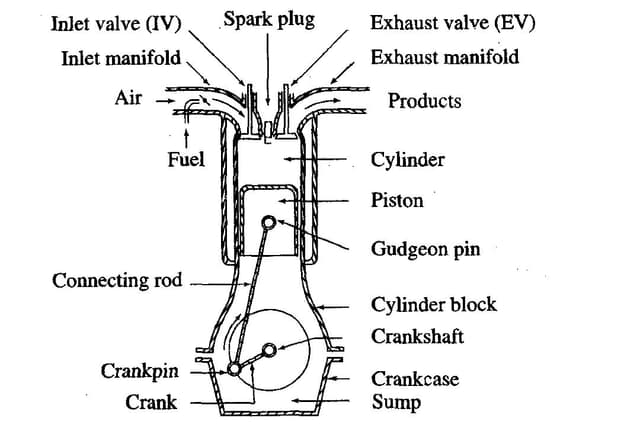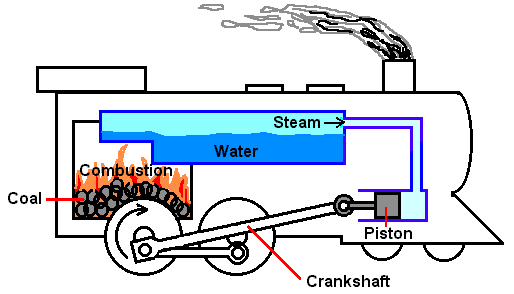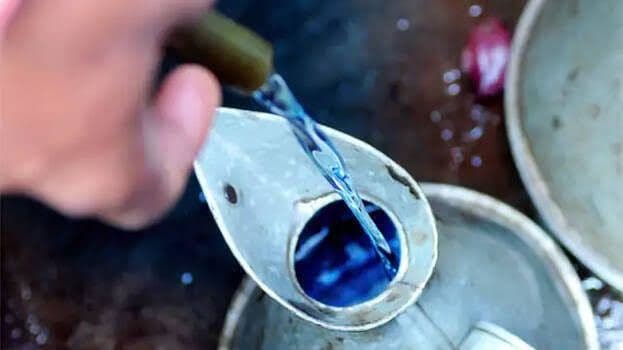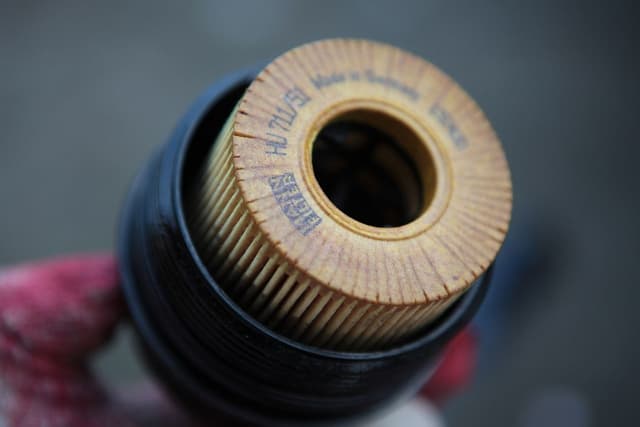What is Transmission oil
What is Transmission oil

Bablu Yadav
Posted in Automobile Engineering
.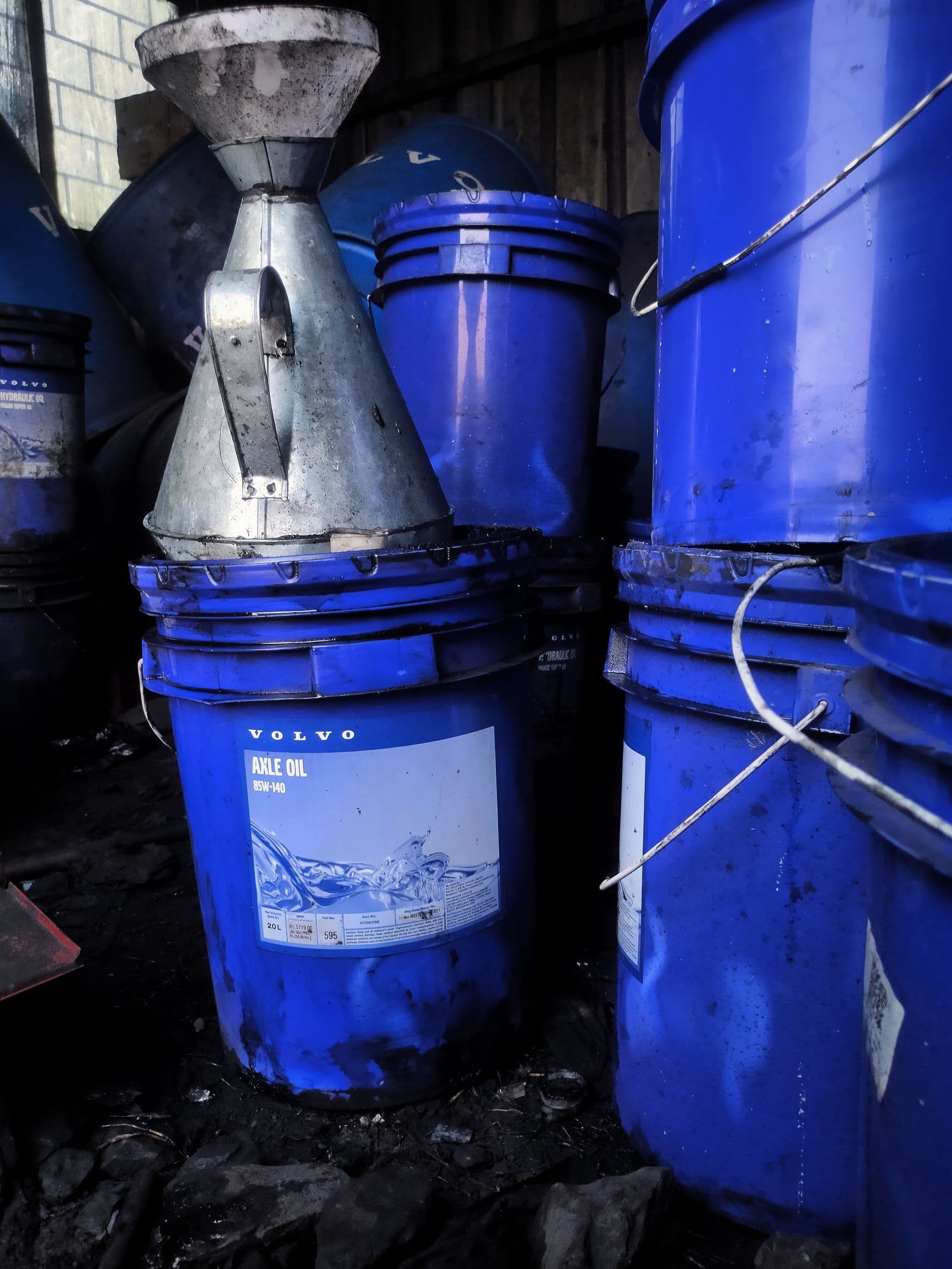
Transmission oil is a type of lubricants used to lubricate the moving gears ,cooling of gears and to support the shifting of gears in the transmission or gearbox of the vehicles or machine. Transmission oil is a kind of same as a engine oil the only difference is the viscosity of the oil and some different kind of additives present in the oil for the manual and the automatic transmission.
Why we need to change the transmission or gear oil
Transmission fluid deteriorates over time and losses its viscosity by becoming thinner due to the heavy movement of gears which should be changed as per the service schedule to prevent internal damage of the transmission.
Which oil is used for Manual Transmission or gearbox
For manual gearboxes with moderate loading of the gear flanks, there is no requirement for EP (Extreme Pressure) additives in the oil. However, to improve the characteristics of these oils, oxidation inhibitors, corrosion prevention additives, anti-wear additives, foam-damping agents and other additives for reduction of drip point should be added. The oil can be either mineral oil or synthetic oil.
Which oil is used for Automatic Transmission or gearbox
ATF - Automatic Transmission Fluid, which is specially developed for automatic gearboxes and power steering. There are very high demands placed on these oils. Antioxidant and anti-corrosive additives are added in this transmission oil.
The oil should not be too sensitive to temperature, Less variations in temperature have little effect on the viscosity of the oil in addition, the oil should have good cleaning properties, since deposits and similar that may occur on valves have an immediate damaging effect on the function of the unit. Foaming may not occur, since the unit requires an even flow of oil.
Dexron III and Allison C4 are typical grade designations. where Dexron III is a standard test of, for example oxidation and friction, while Allison C4 is GM's latest standard for Allison transmissions.
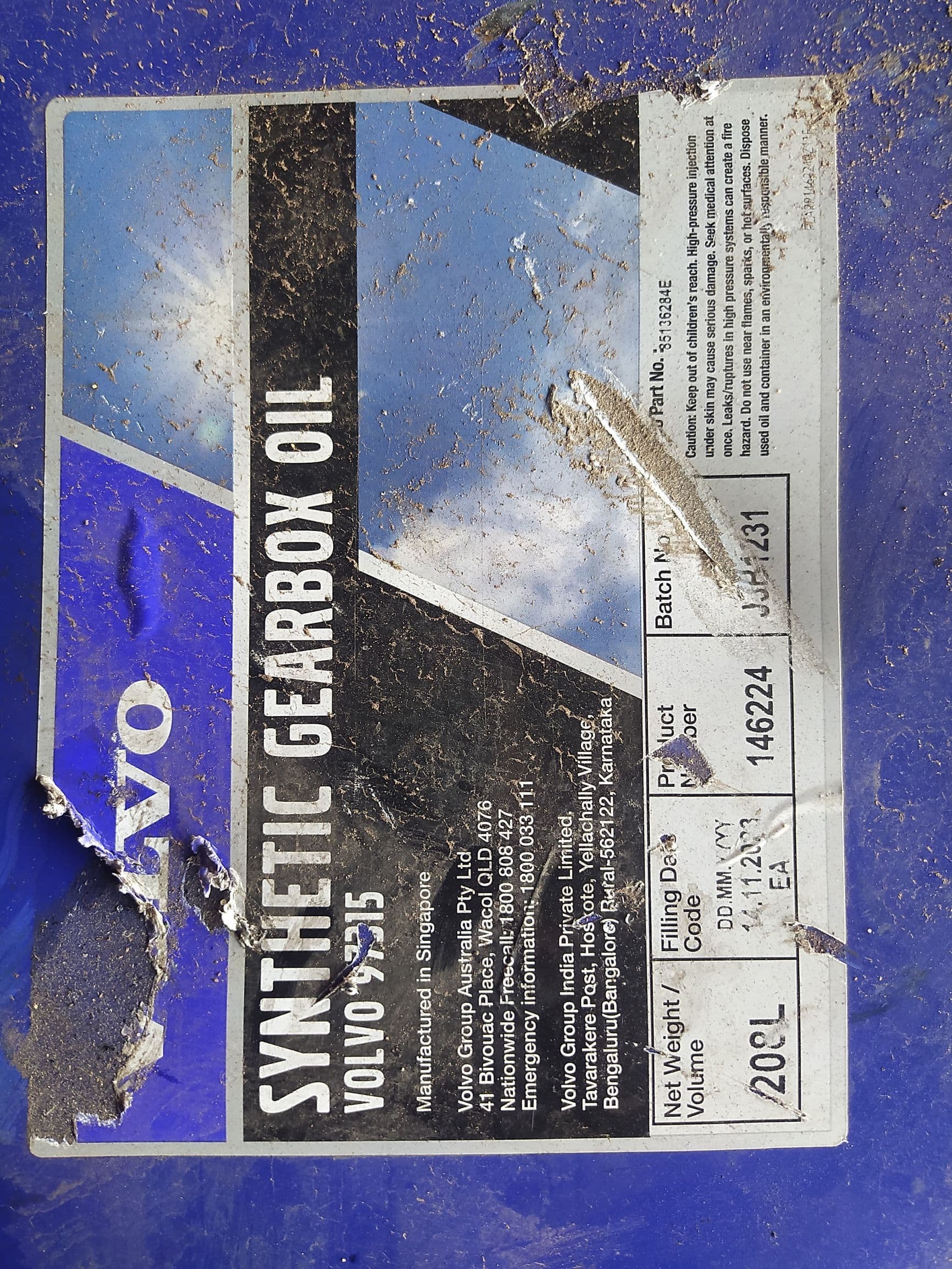
Gear oil for Rear axles
Lubricating oil for gears contain chemical additives, often in the form of so called sulphur/phosphor additives. The oil also contains additives that give good resistance to oxidation, good drip point characteristics and reduce tendency to foaming. These oils are called hypoid oils or EP (Extreme Pressure) oils, and can be treated with additional additives when used in rear axles fitted with differential locks.
Transmission oil specifications
API System -American Petroleum Institute System :
API GL-4-Designates oils with characteristics suitable for gears, especially hypoid gears in vehicles that work in conditions of high speed/low torque or low speed/high torque. Oils that correspond to API GL-4 can be used in some types of manual gearboxes.
API GL-5- Designates service characteristics suitable for transmissions, especially hypoid gears in vehicles that work in conditions of high speed/shock loading, high speed/low low v torque torque or or low speed/high speed/high torque. tor Oils corresponding to API GL-5 can be used in all final drives (rear axles and driven front axles) on Volvo Trucks. API MT-1-Introduced 1994, and intended for non-synchronized manual gearboxes on buses and heavy trucks MT-1 provides protection against oil degradation, component wear and seal degradation. Since these oils are intended for unsynchronised transmissions.
All other API categories are obsolete (API GL-1-3 and GL-6)
Society of Automotive Engineering-SAE J2360- The gear lubricants covered by this specification exceeds American Petroleum Institute (API) Service Classification GL-5 and MT-1 and are intended for automotive gear units, heavy-duty industrial type enclosed gear units, steering gear units, heavy-duty non-synchronized class 7 and B heavy-duty truck manual gearboxes and fluid lubricated universal joints of automotive equipment. The lubricants covered by this specification are intended for use as defined by appropriate lubrication orders when ambient temperatures are above 54°C.

